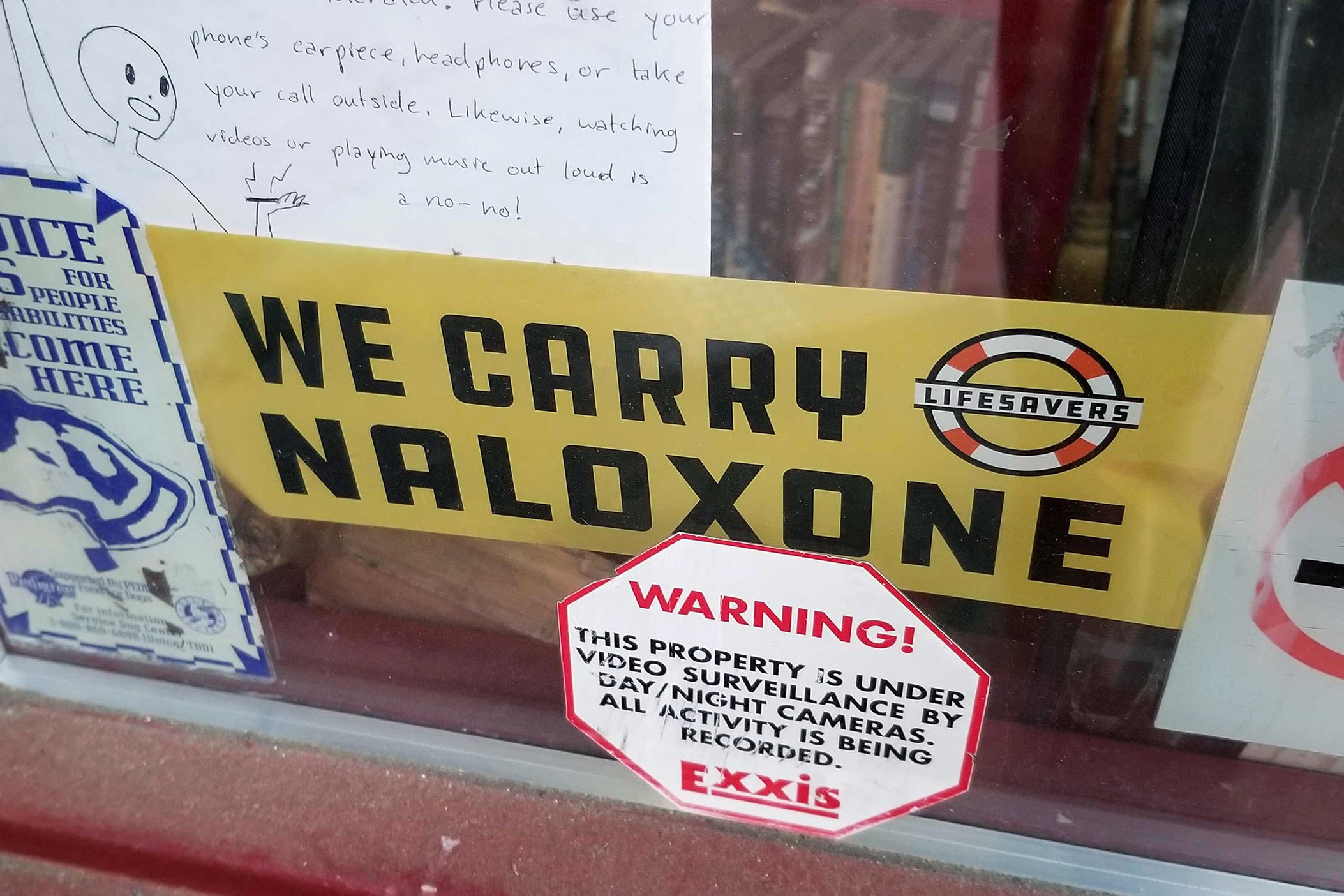Section Branding
Header Content
A historic increase in U.S. overdose deaths shows how minorities fare the worst
Primary Content
A new report from the Centers for Disease Control and Prevention outlines a 30% increase in drug overdose death rates, and racial disparities among people who have died from unintentional drug-related overdoses have only gotten worse.
The majority of people who died from drug overdoses in 2020 were white. But deaths among Black and Indigenous people jumped the highest over a year, at a 44% and 39% increase, respectively. Black people between 15 and 24 years old experienced the highest increase in overdose-related deaths, 86% over a year.
Though a history of substance abuse was common across the board, a history of care was not. That’s because even if treatment is available, it may not be accessible for those struggling with transportation, finances, or mistrust in healthcare.
“In fact, most people who died by overdose had no evidence of getting substance treatment before their death,” Mbabazi Kariisa said.
Kariisa is with the National Center for Injury and Prevention Control at the CDC. The report, which relies on data from 25 states, says only 1 in 12 Black people and 1 in 10 Hispanic people got treatment before they died.
The report also reveals that availability to substance abuse treatment did not result in more people actually getting those resources. In places with higher access to care, overdose related deaths were actually higher. The same went for places with higher income inequality.
“Areas with a wider income gap between the rich and the poor have higher rates of overdose deaths,” Kariisa said. “And among Black people, overdose rates in counties with the most income inequality were more than twice those of counties that had less income inequality.”
Deaths related to fentanyl overdoses also increased. Fentanyl, often laced into other substances, is a synthetic opioid whose use exploded in the drug supply over the past five years. Over 50,000 people died from a fentanyl overdose in 2020.
CDC Deputy Director Debra Houry warned that fentanyl use disproportionately affects youths. She said in case of an emergency, families should have Naloxone on hand, a drug that quickly reverses the effects of an opioid overdose.
“I carry Naloxone with me,” Houry said. “Because if it's not your child, it could be your child's friend or the child down the street. And so we all have an opportunity to save a life.”
Education on resources like that, Houry said, may fall alrgely on public health departments, which can bring together trusted community members and social service and health care providers to create spaces for treatment.
“Also help raise awareness and reduce stigma around treatment and recovery with culturally tailored prevention programs and campaigns,” Houry said. “Support efforts that focus on the health of the individual over criminal punishment or penalties.”
Telehealth can also be an alternative or used in tandem with traditional treatment. Long-term, the CDC report emphasizes expanding insurance coverage and enhancing funding for overdose education and response at the local level as vital to address inequities.


